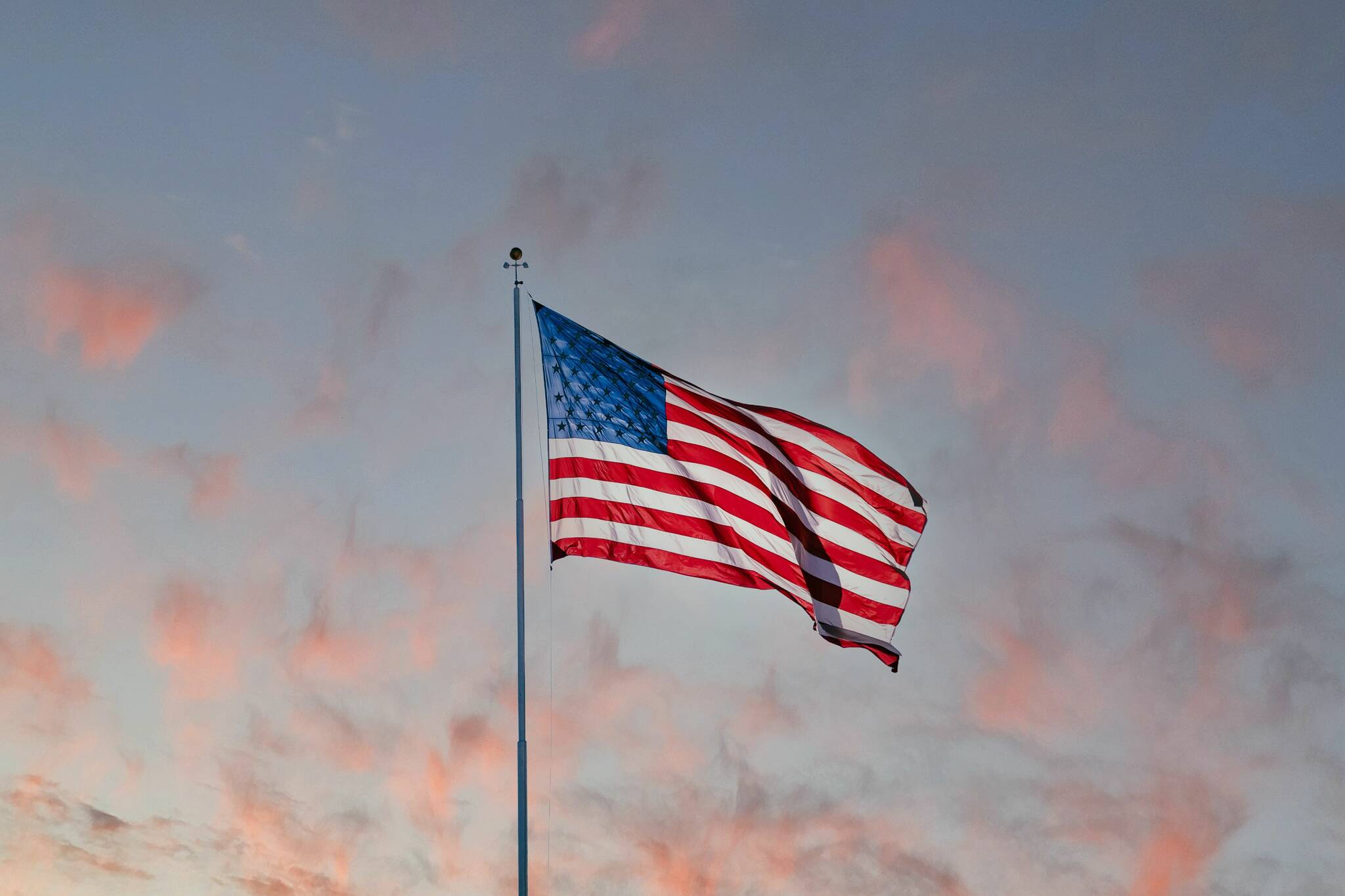This is a response to the editorial by David Bugg in the May 3, 2023 edition of the Juneau Empire.
First, it is interesting that military style semi-automatic rifles like the AR-15, which have been used in most major mass shootings in recent years and are not ideal for most hunting purposes, are referred to by Bugg as “sporting rifles”.
As cited by Rich Moniak in his Juneau Empire column on April 17, 2023, a 5-4 U. S. Supreme Court decision in 2008 (District of Columbia v Heller) written by the late Justice Antonin Scalia, affirmed “an individual right to possess a firearm unconnected with service in a militia.” As Moniak noted in his editorial, Scalia also wrote “Like most rights, the right secured by the Second Amendment is not unlimited.” The last line of that paragraph stated: “Miller’s holding (United States v Miller ‘1939’) that sorts of weapons protected are those ‘in common use of the time’ finds support in the historical tradition of prohibiting the carrying of dangerous and unusual weapons.”
According to Bugg, “Scalia did not consider the private ownership of commonly held and popular firearms to be in the category of “dangerous and unusual weapons.” Based on that interpretation, he suggests that AR-15s and similar firearms cannot be banned.
Since Justice Scalia is no longer alive, it is impossible to verify what he meant by quoting the phrase “in common use of the time” from the Miller decision. Was it referring to firearms in common use in 1791 when the Second Amendment was ratified? Or, perhaps the Miller decision, which was written in 1939, was referring to firearms in common use then (although it did not say “in common use at ‘this’ time”). AR-15s and similar weapons like the AK-47 did not exist when the Miller decision was written 84 years ago. Even in 2008, when the Heller decision was written, AR-15s and similar weapons were not nearly as popular as they have become in recent years. It appears that the phrase “in common use of the time” could be interpreted in different ways.
In 2020, there were about 20 million firearms purchased in the U.S., of which about 2.8 million were AR-15s (14%). An estimated 16 million Americans currently own AR-15s, which is less than 7% of the U.S. population. This may or may not meet the definition of “common use.”
Furthermore, the notion that a product in common use cannot be heavily regulated or banned is incorrect. Dangerous items like switchblades and lawn darts have been banned and many other popular consumer products like automobiles and cigarettes are heavily regulated. The goal has been to help make our society safer and healthier.
In the Heller decision, Scalia also wrote, “It (the Second Amendment) is not a right to keep and carry any weapon whatsoever in any manner whatsoever and for whatever purpose. For example, concealed weapons provisions have been upheld under the Amendment or state analogues. The Court’s opinion should not be to cast doubt on longstanding prohibitions on the possession of firearms by felons and the mentally ill, or laws forbidding the carry of firearms in sensitive places such as schools and public buildings, or laws imposing conditions on qualifications of commercial sale of arms.”
If gun rights advocates like Bugg don’t want their favorite weapons banned outright, which I believe the United States Congress and states have the authority to do under the U.S. Supreme Court’s interpretation of the Second Amendment, then they should be willing to work with gun safety advocates to find solutions to the growing firearm related carnage currently occurring throughout the United States. Some of those solutions include universal background checks, red flag laws and safe firearm storage laws.
• Mark S. Johnson has lived in Juneau for over 44 years and retired from the Alaska Division of Public Health. Columns, My Turns and Letters to the Editor represent the view of the author, not the view of the Juneau Empire. Have something to say? Here’s how to submit a My Turn or letter.

